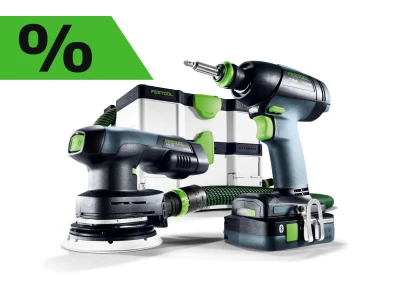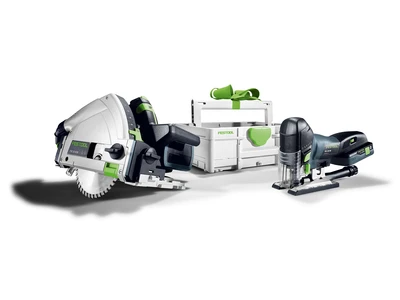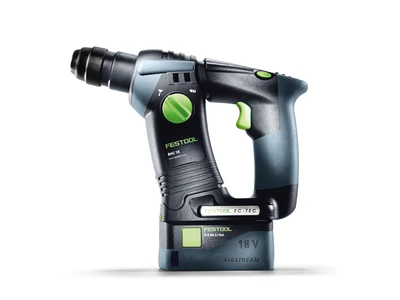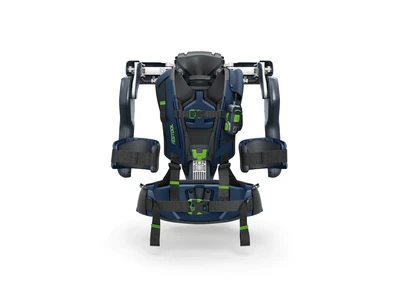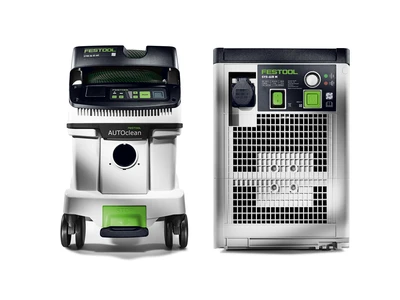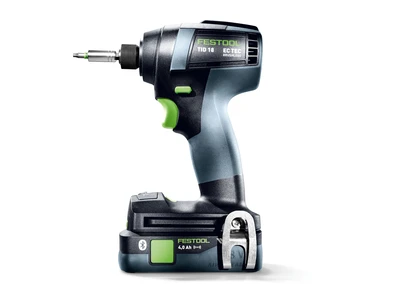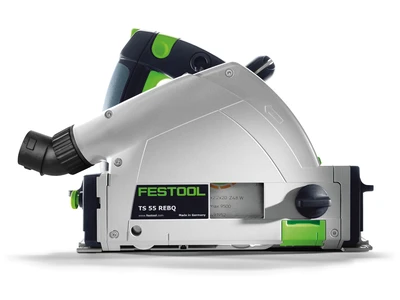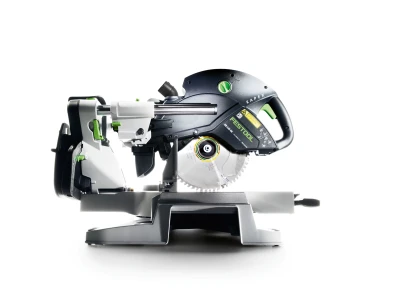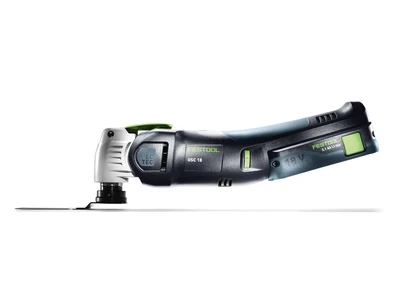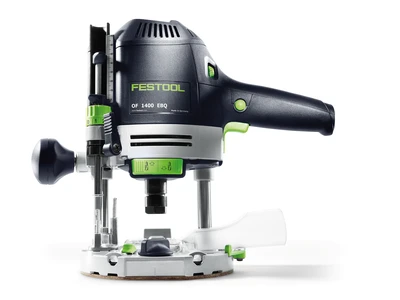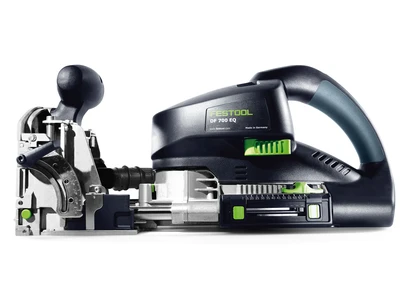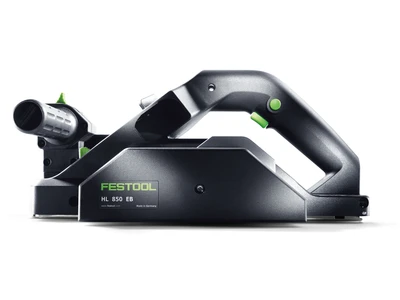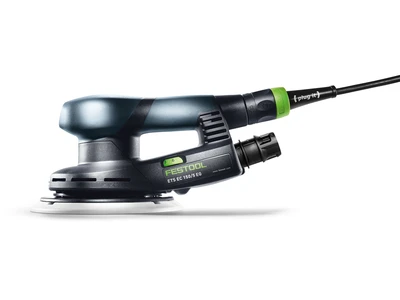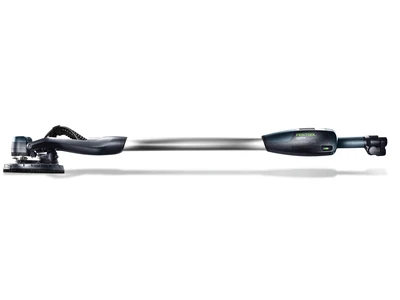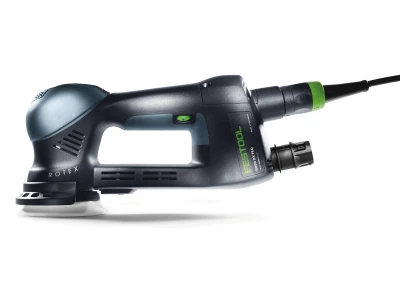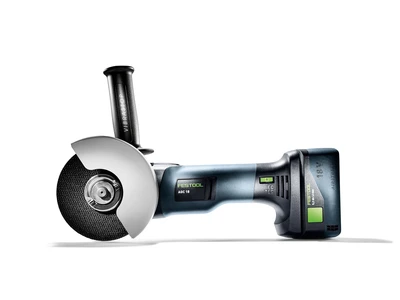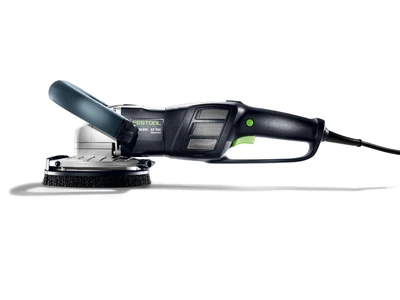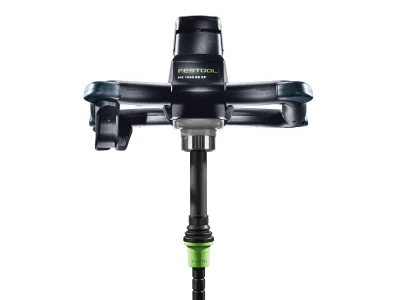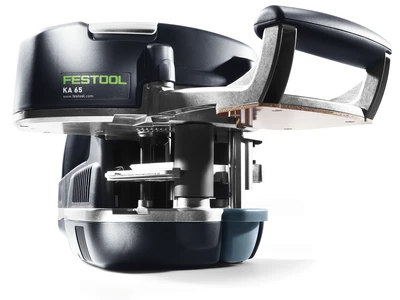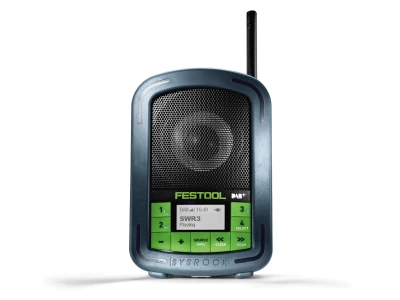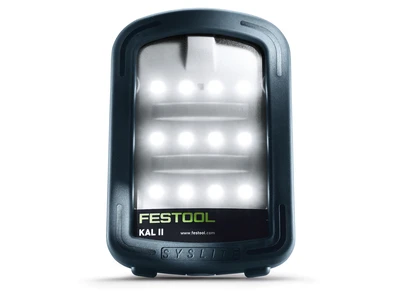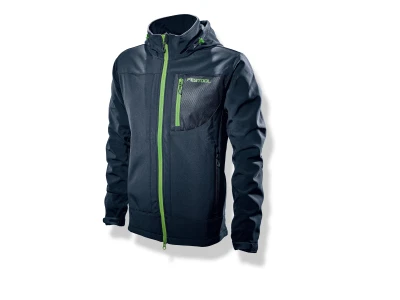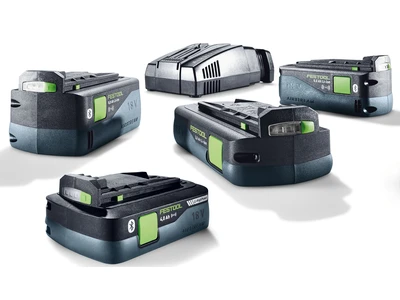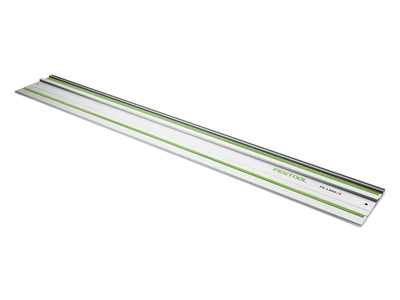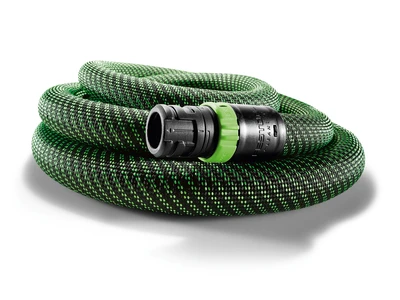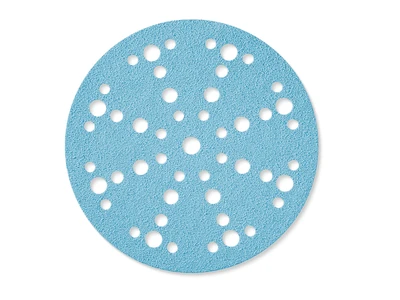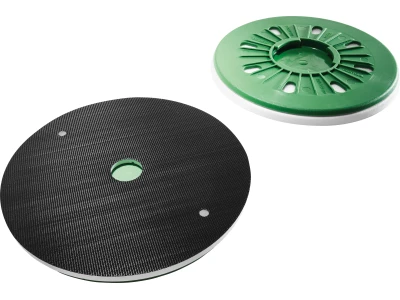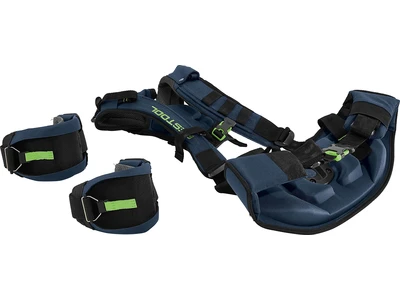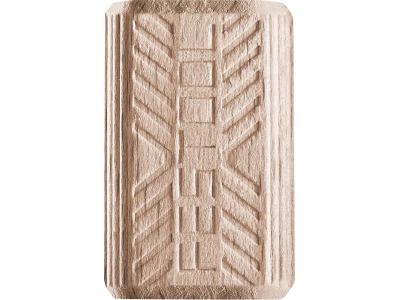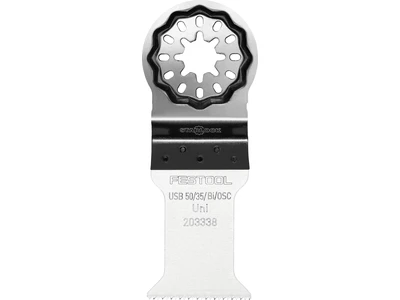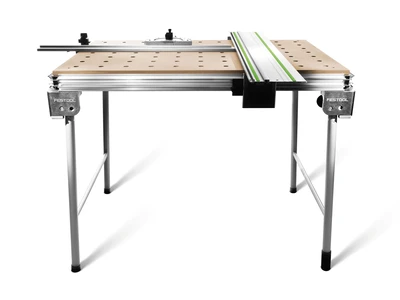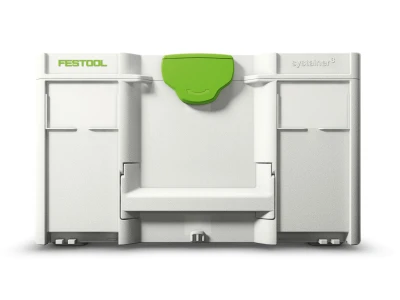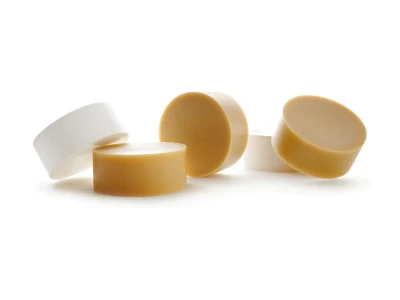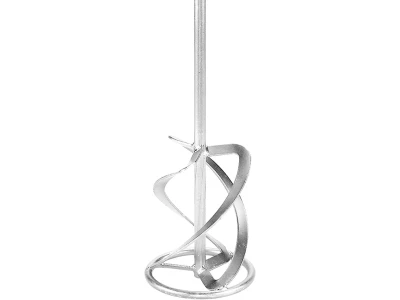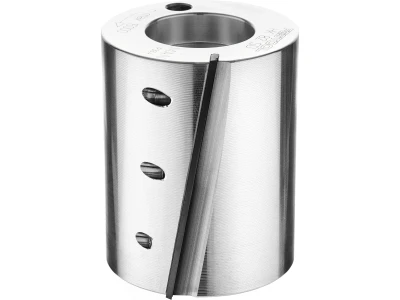Inspired by craftspeople since 1925
Humans - machines - milestones.

Our history is the story of both a family and a company, brimful of drive and inventiveness. It is a story of success, and would never have been possible without our deep passion for craftsmanship. Making your everyday work easier, more productive and safer with our tools has always been our promise, right from our foundation in 1925. And we’ll continue to keep it as we move into the future.
1925

Politically, the 1920s were unstable; economically, they were a roller coaster. In 1923, a kilo of bread in Berlin cost 200 billion marks. Payments were still made with 100-trillion-mark notes, which were fundamentally worthless, until the end of 1924.
It wasn’t exactly the ideal time to start up a company.
1938
A new site
for growth.

Festo’s product range was growing. Demand was increasing. Production reached capacity at the company’s
1951
When craftspeople
believe in “sawcery”.



When it comes to sawing,

More modern and mobile:
craftsmanship in flux.
%HEADLINE%
%SUBLINE%
The family company celebrated its 50th anniversary. The building boom of the economic miracle years came to an end. But change was in progress. The needs of “modern craftspeople” were shifting, stationary machines were increasingly seen as heavy and expensive. Instead, innovative power tools were replacing them, making work much easier, particularly on building sites.
The company decided to withdraw from the stationary machine market and focus on the development and construction of hand-held power tools from then on.

Innovative technology.
Unmistakeable design.
%HEADLINE%
%SUBLINE%
Professionals consider tools from Festo, later

In Neidlingen,
hearts beat faster.
%HEADLINE%
%SUBLINE%
The corporate success of the Swabian tool manufacturer is largely down to its pioneering products. When the Neidlingen plant was extended in 1986, production was modernised too. In 2002, the Neidlingen plant won an award for “Outstanding Production Processes” and again in 2005 for the “Best Assembly System”. It was even given the highest honour, “Factory of the Year”, in 2008.
2000
Festool reinvented itself
but remained true to its values.

Legacy: Pragmatism and absolute quality awareness – with the “made in Germany” label. Drive: The development of innovative tools and systems, with and for customers. Products: Innovative and user-oriented, robust and extremely long-lasting.

From Swabia
to the wider world.
%HEADLINE%
%SUBLINE%
Wendlingen is the beating heart of
Tall guys that help with sanding.
Before you hit the ceiling.



Discover all the latest long-reach sanders now.
In 2009,
2014
Specialists for
perfectionists.

In 2014,
KA 65-Plus edge bander
Craftsmanship
in the digital era.



In 2012,

After-sales service? All inclusive!
Workmanship with more for your money.
%HEADLINE%
%SUBLINE%
The future of craftsmanship.
Festool for superheroes.



In 2023,
EXO 18 exoskeleton

The future of Festool .
Ready to grow sustainably.
%HEADLINE%
%SUBLINE%
Sustainability is an issue that affects the future but also poses particular challenges for the present. It not only involves ecological factors, but also healthy business management and socially responsible conduct. The new


